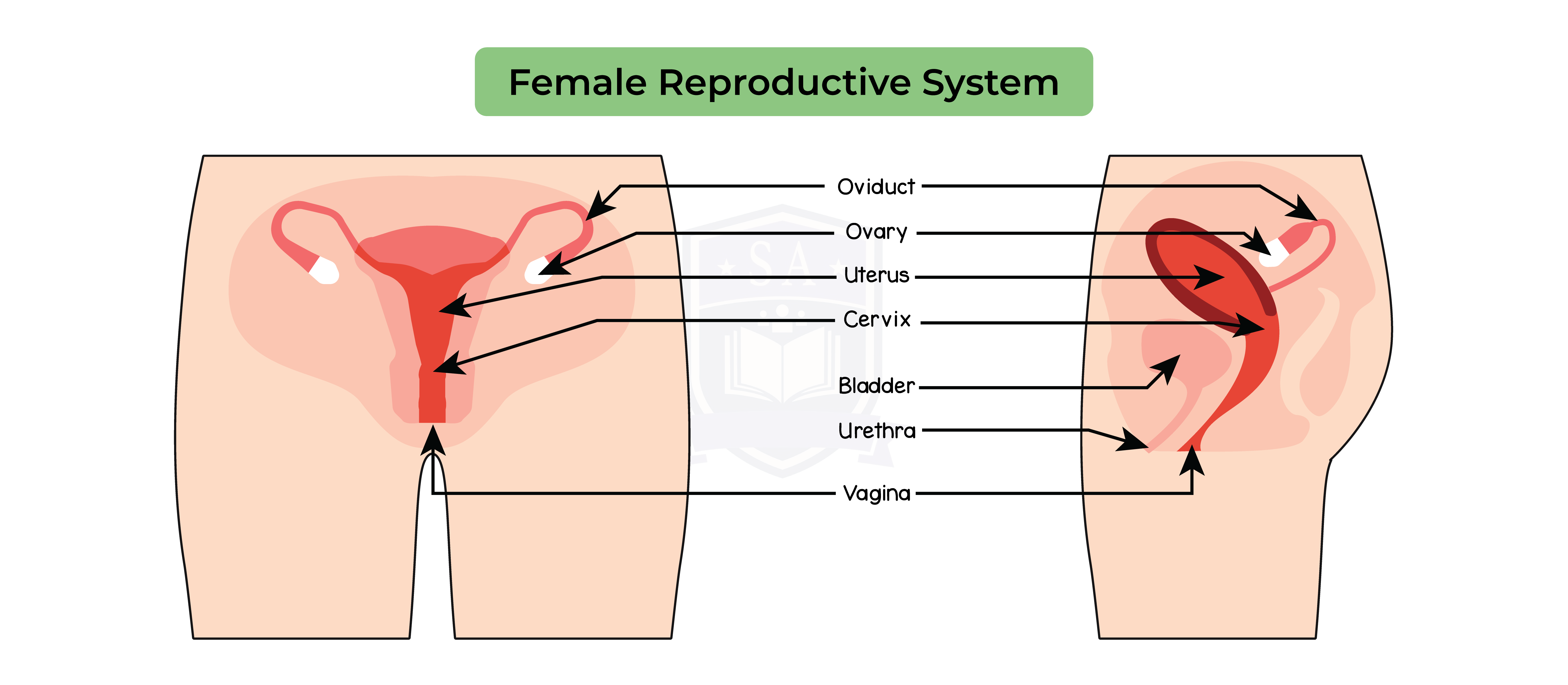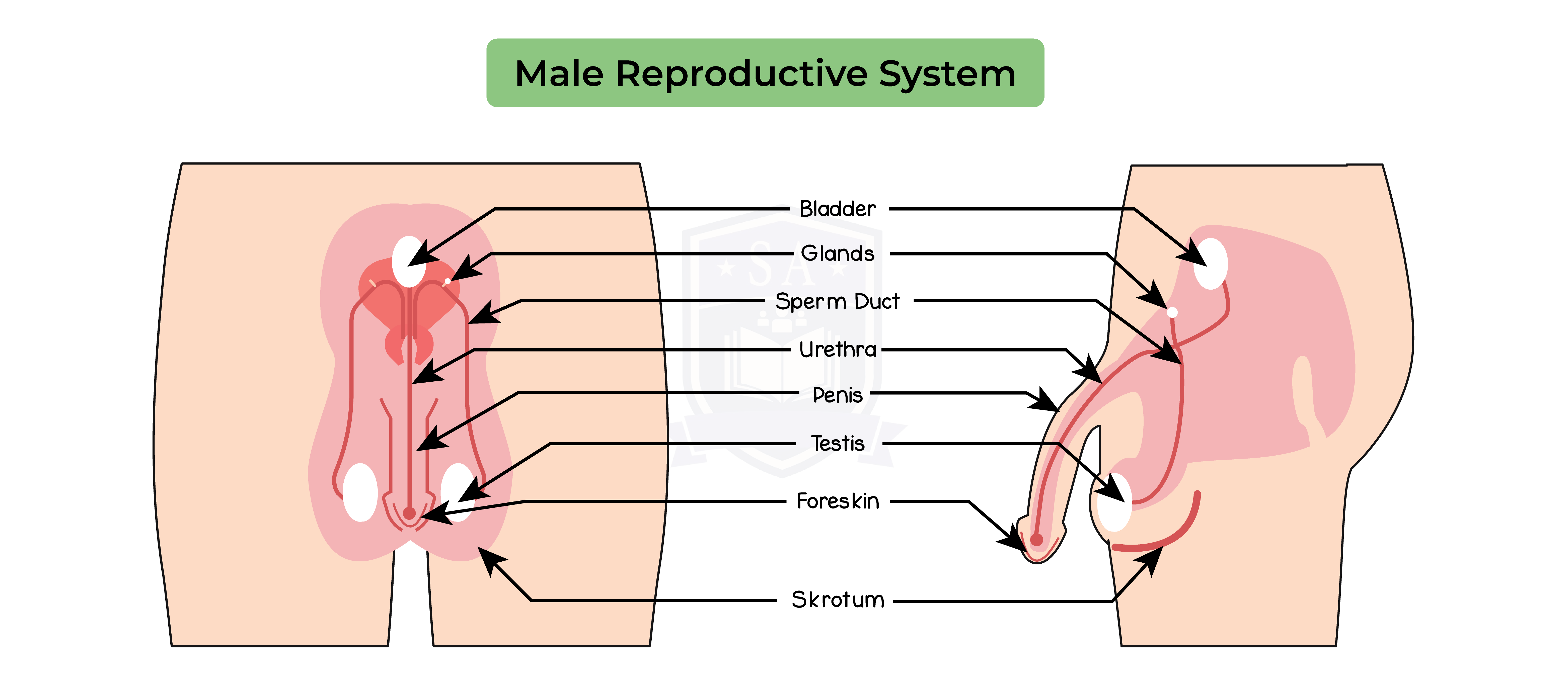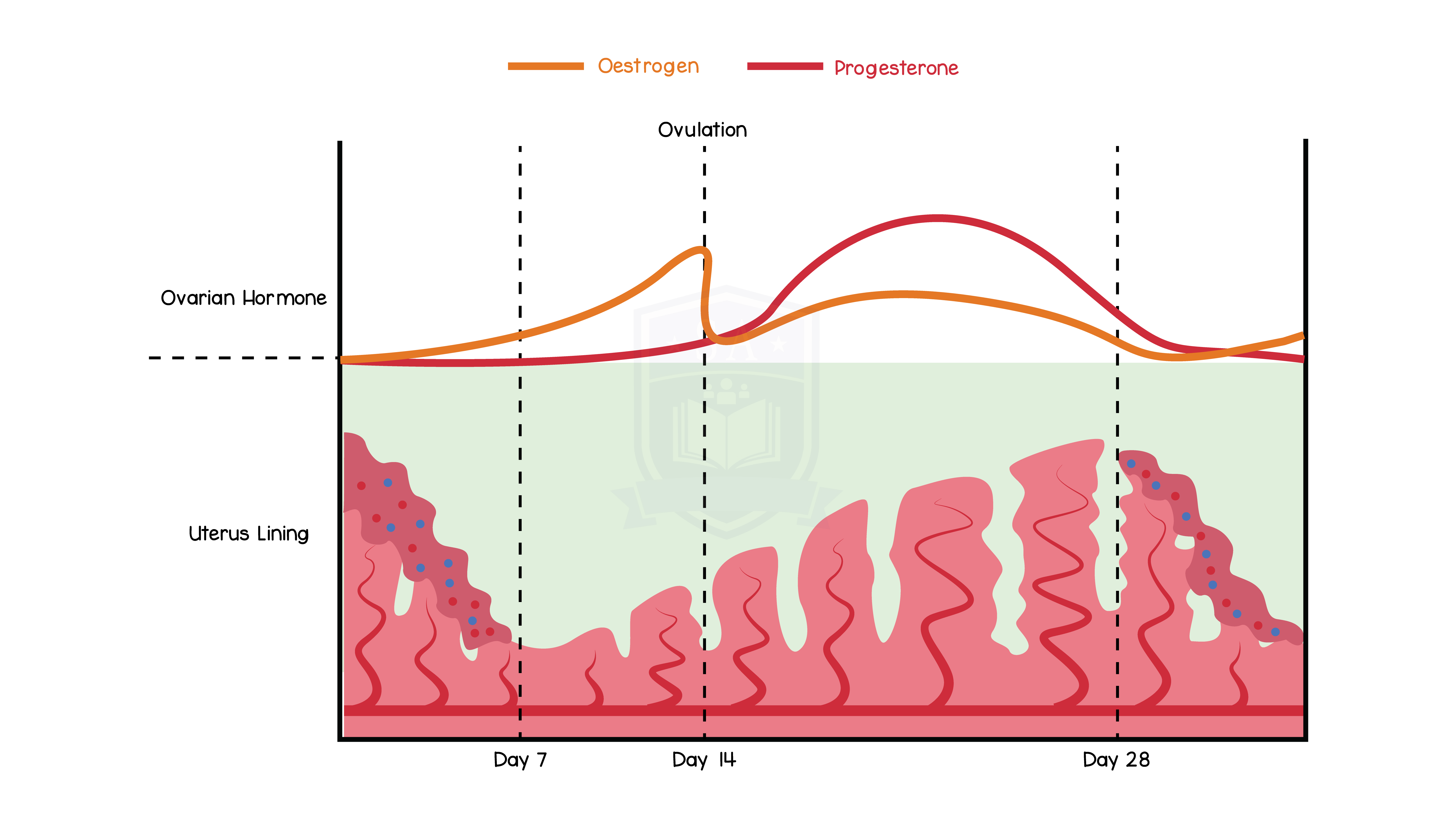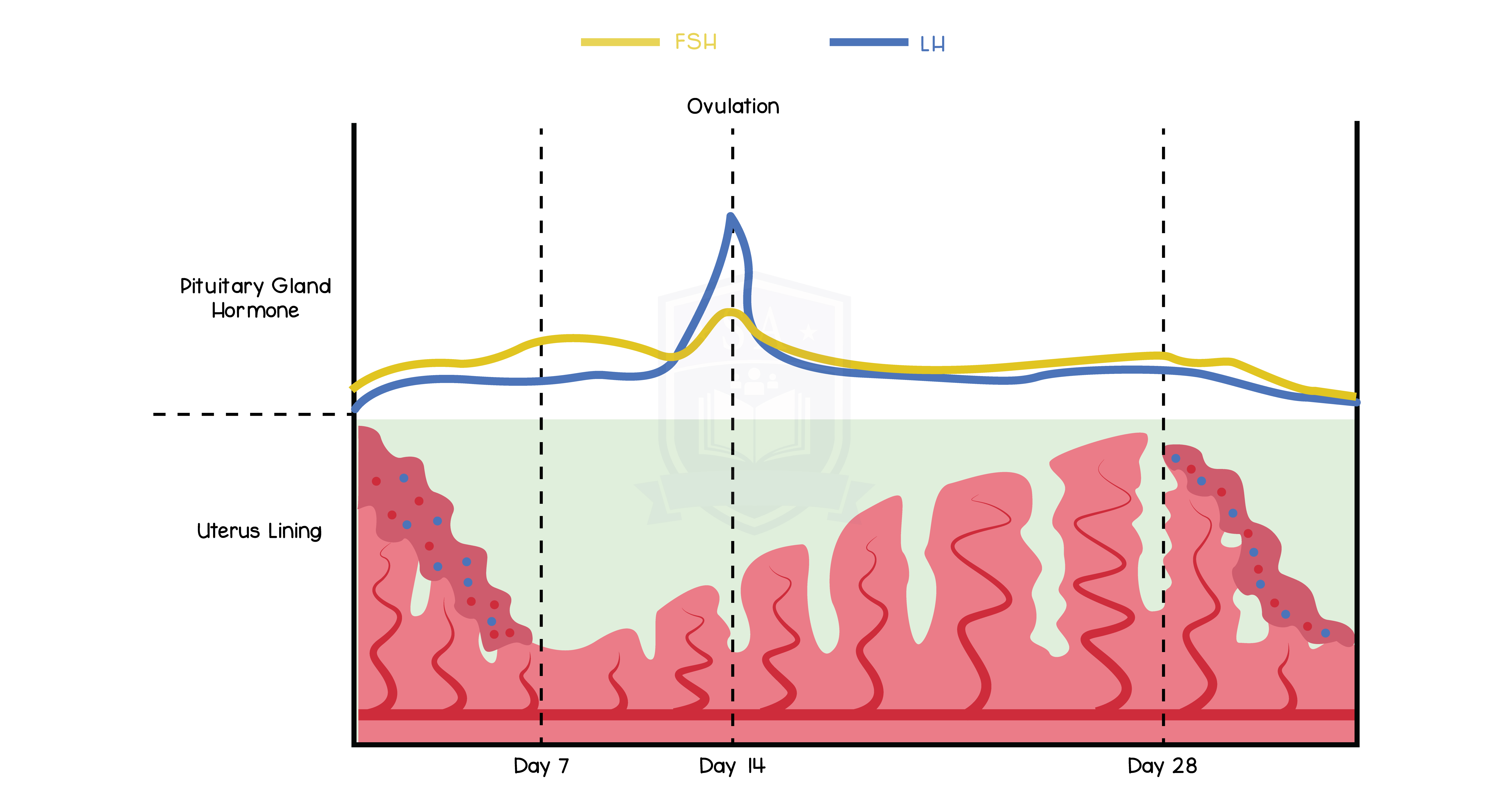REVISION NOTES
IGCSE Edexcel Biology
3.2 Reproduction (in Human)
3.2.1 Understand the differences between sexual and asexual reproduction
3.2.2 Understand that fertilisation involves the fusion of a male and female gamete to produce a zygote that undergoes cell division and develops into an embryo
Gametes and zygote:
- Gamete is a sex cell containing half the number of chromosomes
- Half the number of chromosomes is called a haploid nucleus
- Only contains one copy of each chromosome instead of two
- Human cells contain 46 chromosomes but gametes contain 23 chromosomes
- Sex cells in animals are the ovum and sperm
- Sex cells in plants are pollen nucleus and ovum
- The nuclei of two gametes fuse together to form zygote
- Contains the full number of chromosomes making it a diploid nucleus
Fertilisation:
- Fertilisation is the fusion of two gamete nuclei
- Derived from a male and a female parent
- The nuclei of two gametes fuse together to form zygote
- Zygotes undergo cell division to develop into an embryo
3.2.3 Understand how the structure of the male and female reproductive systems are adapted for their functions


3.2.4 Understand the roles of oestrogen and progesterone in the menstrual cycle
Menstrual cycle:
- Starts in early adolescence
- Controlled by hormones
- Ovulation is the release of an egg
- Occurs halfway through the cycle
- It travels down the oviduct towards the uterus
- Menstruation occurs when the lining of the uterus breaks down
- Due to no egg being fertilised
- Post menstruation, the lining of the uterus thickens again
- Prepares for the possibility of fertilisation in the next cycle
Role of oestrogen and progesterone menstruation:
- Menstrual cycle is controlled by hormones e
- Released by the ovary (progesterone) and pituitary gland (oestrogen)
- Oestrogen:
- Levels continually increase from day 1 to day 14
- Levels peak at day 14 right before the egg is released
- Causes the lining of the uterus to thicken
- Triggers the ova to mature
- Progesterone:
- Levels are low from day 1-14
- Levels start rising post ovulation
- Causes uterus lining to thicken even more
- Decrease in progesterone stimulates breakdown of uterus lining
- Decrease in levels lead to menstruation

3.2.5 Understand the roles of FSH and LH in the menstrual cycle
Role of FSH and LH in menstrual cycle:
- Follicle-stimulating hormone (FSH):
- Released by the pituitary gland
- Stimulates egg maturation in the ovary
- Triggers the release of oestrogen by the ovaries
- Luteinising hormone (LH):
- Release is triggered at the peak of oestrogen levels
- Responsible for ovulation
- Responsible for production of progesterone

3.2.6 Describe the role of the placenta in the nutrition of the developing embryo
Placenta:
- Occurs at the location of embryo implantation
- Materials are exchanged between the blood of the mother and the growing embryo
- Umbilical cord is attached to the placenta and the embryo’s blood supply
Exchange of material between mother and foetus:
- Blood of the mother and foetus is kept at close proximity in the placenta but they never mix
- Nutrients that are provided to the embryo by diffusion:
- Glucose
- Amino acids
- Fatty acids
- Oxygen
- Allows for the removal of carbon dioxide and water
- Exchange of molecules occur through diffusion
- There is a concentration gradient between the mother and the foetus’s blood
- Some substances require active transport to be exchanged
Adaptations of the placenta:
- Large surface area to increase are available for diffusion
- Thin walls to decrease diffusion distance
- Prevents toxins and pathogens from entering the foetus’s blood
- Semi permeable barrier
- Some toxins or pathogens may still pass through the placenta
- Depends on size of molecule or pathogen
- Molecules such as nicotine are able to pass through the placenta
3.2.7 Understand how the developing embryo is protected by amniotic fluid
Role of the amniotic fluid:
- Amniotic fluid surrounds the embryo:
- Post implantation of the embryo
- During development
- Held by the amniotic membrane or the amniotic sac
Creates a shock absorbing buffer between the mothers abdomen and the fetus
3.2.8 Understand the roles of oestrogen and testosterone in the development of secondary sexual characteristics
Secondary sexual characteristics:
- Changes that occur during puberty are as a result of the release of:
- Oestrogen for females
- Testosterone for males
- Female secondary sexual characteristics that develop are:
- Development of breasts
- Body hair growth
- Start of the menstrual cycle
- Wider hips
- Growth of uterus
- Male secondary sexual characteristics that develop are:
- Growth of penis and testes
- Body and facial hair growth
- Development of muscles
- Breaking of voice
- Production of sperm in testes
- These hormones also cause emotional changes in the body:
- Increasing mood swings
- Interest in sex

